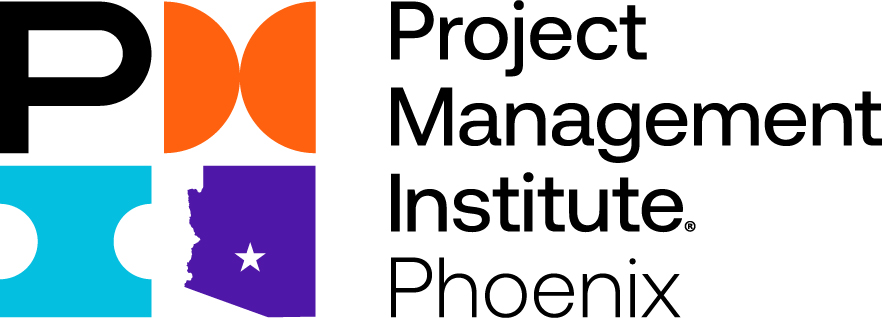It is no secret that our chapter runs on the hard work and effort of our volunteers. Every month we highlight the impact our volunteers have on our chapter and the Project Management profession. This month's volunteer spotlight is no different.
Alyssa Stricklan is an excellent example of how the PMI Phoenix chapter supports the success of its members and how quickly our volunteers can make a difference in our community.

PMI Phoenix VOTM and Intel Supply Chain guru, Alyssa Stricklan
If you want something done right the first time, you better call Alyssa. The first in her family to attend college, Alyssa continued the streak, accepting a job offer as a supply chain analyst with Intel immediately after graduating from ASU. Not one to stop learning, Alyssa then moved on to her next challenge – the PMP exam. "I'd be a lifelong student if I could.", Alyssa says as she starts to describe her experience studying for the PMP. It seems she has an order, "I enjoy the process and the focus on documentation and orientation towards detail."
She took her PMP training to heart. "Even while I was still studying for my PMP, I knew I was going to volunteer in some facet. I love giving back to the organizations and groups that help me." Then, in August, everything fell into place. "I kept an eye out for opportunities, and once I read about the academic content manager position, I know that's what I wanted to do!"
Alyssa joined the Academic Outreach team, where she was tasked with developing content for the Future Cities competition. As it turns out, Alyssa enjoys teaching as much as she does learning. The sole content creator for @Alyssa_SCM, a TikTok channel that teaches Supply Chain tips to other professionals, Alyssa used her skills to develop a simple presentation to teach 8th graders basic Project Management skills.
"I am so happy to have already been able to make tangible material that is being put to use and know that more is needed and will make an impact in the community. I am also overjoyed to be a part of helping teachers and universities learn and teach about project management to the next generations."
So what's next for the laser-focused chapter volunteer? She's currently transitioning to her new role as Supply Chain Solutions Engineer at Intel, something that seems perfect for a person with a passion for learning and acute attention to detail. She also likes to travel and find good reads to her home library of over 200 books. "I read a couple of hours each day." “I am constantly reading multiple books and buying more books. If there’s a bookstore, I’ll find it and come out with my arms full.” Her latest favorite? Year of Yes by Shonda Rhimes. Favorite travel destination? Italy. “It’s the first place I went overseas, and I haven’t stopped thinking about every moment of being there nearly 10 years later. My love for travel and experiencing the world started there. Plus, the food!”

Alyssa on the hunt for books while on vacation in Italy!
Speaking of Year of Yes, Alyssa believes that everyone could find their volunteer opportunity with PMI Phoenix. "Absolutely do it! There are so many types of help needed and each person really can make a difference not just for the Phoenix chapter, but for PMI as a whole. The future of PMI is so exciting, and you could be a part of building and expanding that future."
Here is to the bright future of one outstanding PMI Chapter member and volunteer! Thank you, Alyssa!

